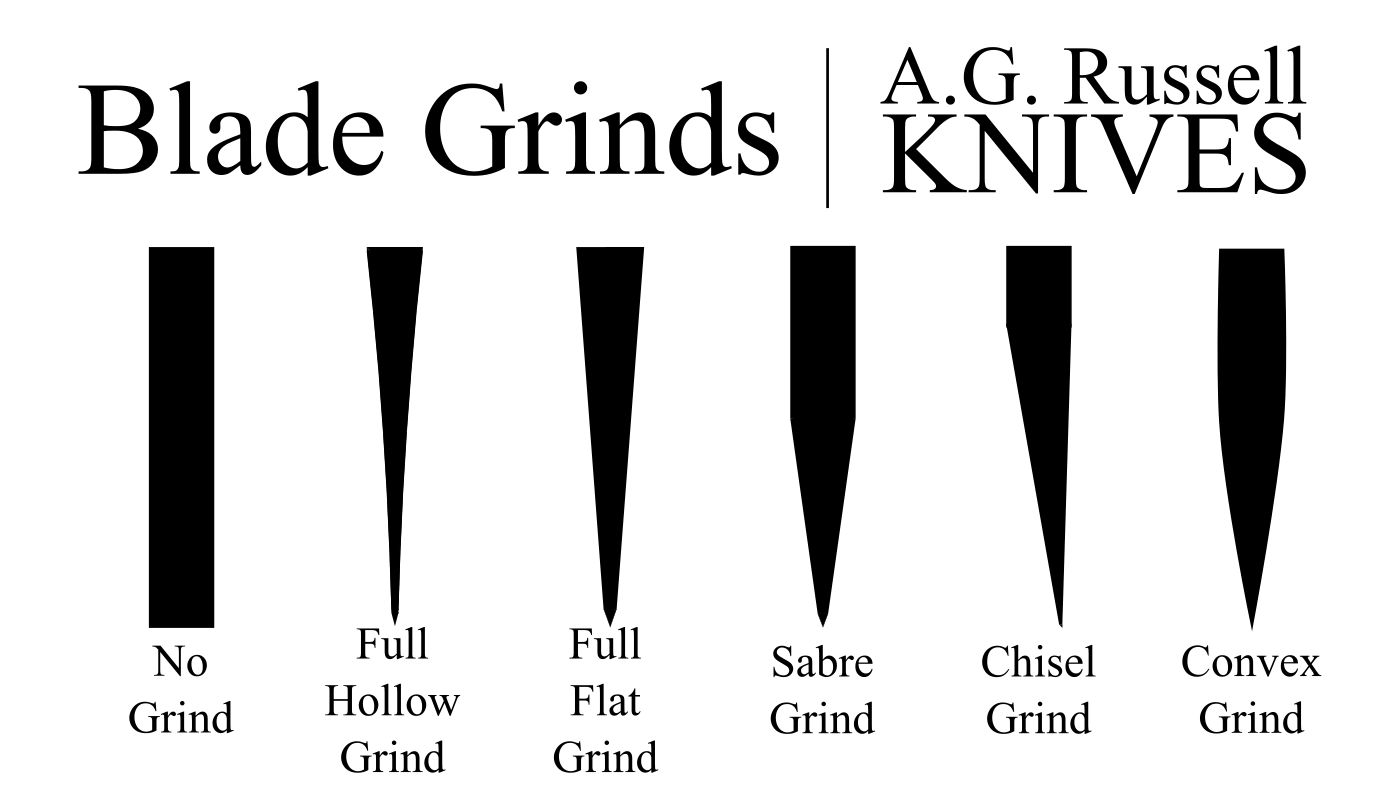- Joined
- Jul 24, 2007
- Messages
- 3,285
You often get these kind of comments from people who only know about convex grinds in relation to axes. You can't compare an axe grind to a Bark River convex grind, they are two entirely different things. The Bark River grind has a much sharper angle and cuts like a scalpel.There is nothing wrong with convex grinds for certain uses. Yes, they typically hold an edge well when used for harder tasks. BUT.....
I do not agree with Mike saying they are "better" than a full flat grind. That is ridiculous. It depends what you are cutting. If you are doing general knife cutting stuff, or food prep, or heck - just whittling, you aren't going to find a better grind than FF (or arguably hollow ground). To say otherwise just shows either ignorance, or the total lack of desire to offer blades with more than one grind option.
I want my axe to be convex - but I have never in 50 years of owning a knife said "Jeez, this would cut a lot better if it was convex." Never. NEVER.

